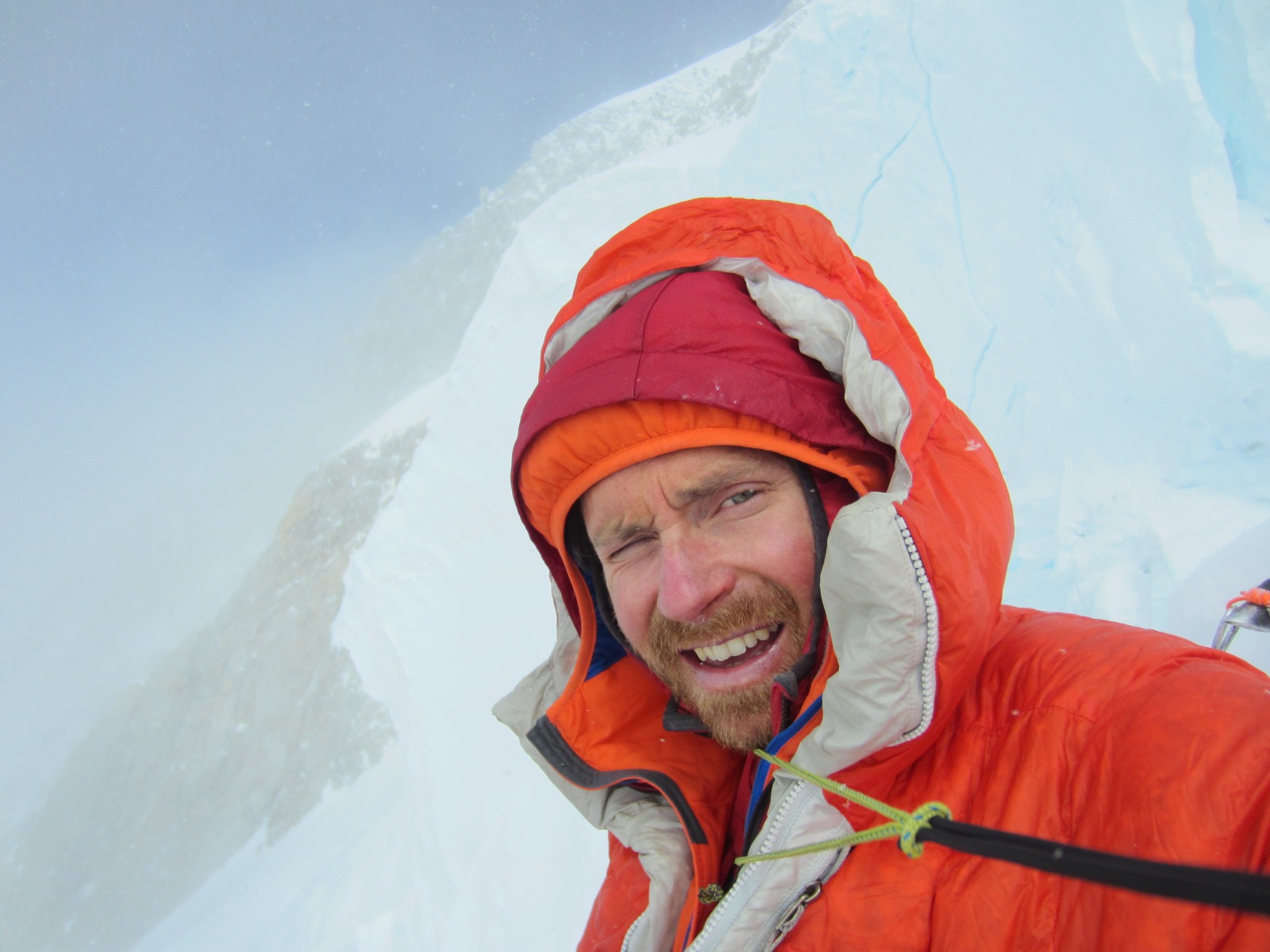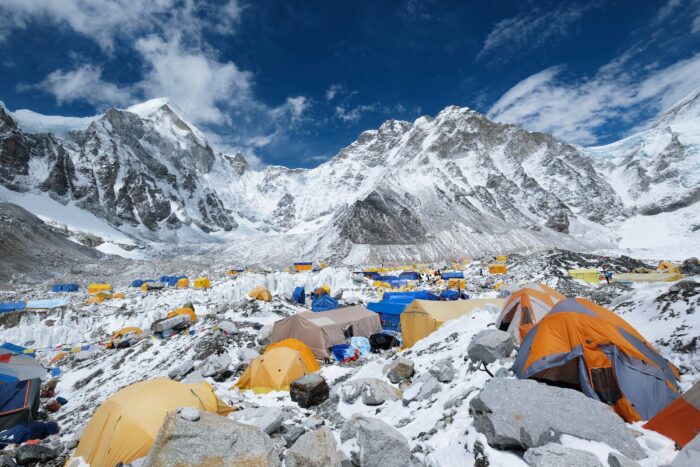As soon as Colin Haley eyeballed Fitz Roy’s Goretta Pillar, he knew what his mission on the route would one day be.
First climbed by Renato Casarotto in 1979, Haley immediately regarded the route for its beauty and its seminal stature for its time and place in Patagonia’s climbing history.
Casarotto went alone on the first ascent, so, Haley resolved, he would do the same. And after a decade of “dreaming,” the 38-year-old made his ambition a reality in mid-January. He reported a successful rope solo (as opposed to free solo) ascent of the closest line to Casarotto’s original that he could manage via Instagram.
To Haley’s knowledge, nobody had rope soloed the roughly 4,000-foot tower in alpine style before. (Casarotto utilized fixed ropes on his 1979 bid.)
“Renato Casarotto was, in my opinion, one of the most impressive alpinists of all time and has been a major inspiration to me,” Haley began. “Named in honor of his wife, the Goretta Pillar is, I think, one of the most beautiful alpine rock climbs in the world.”










